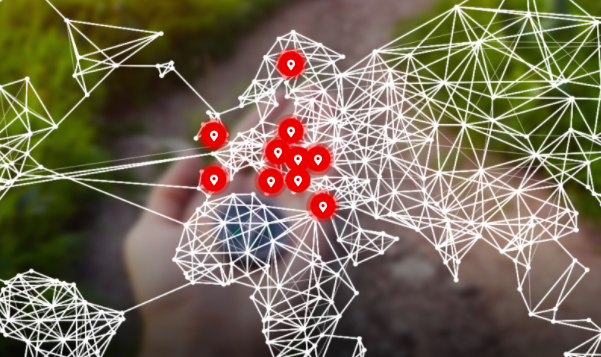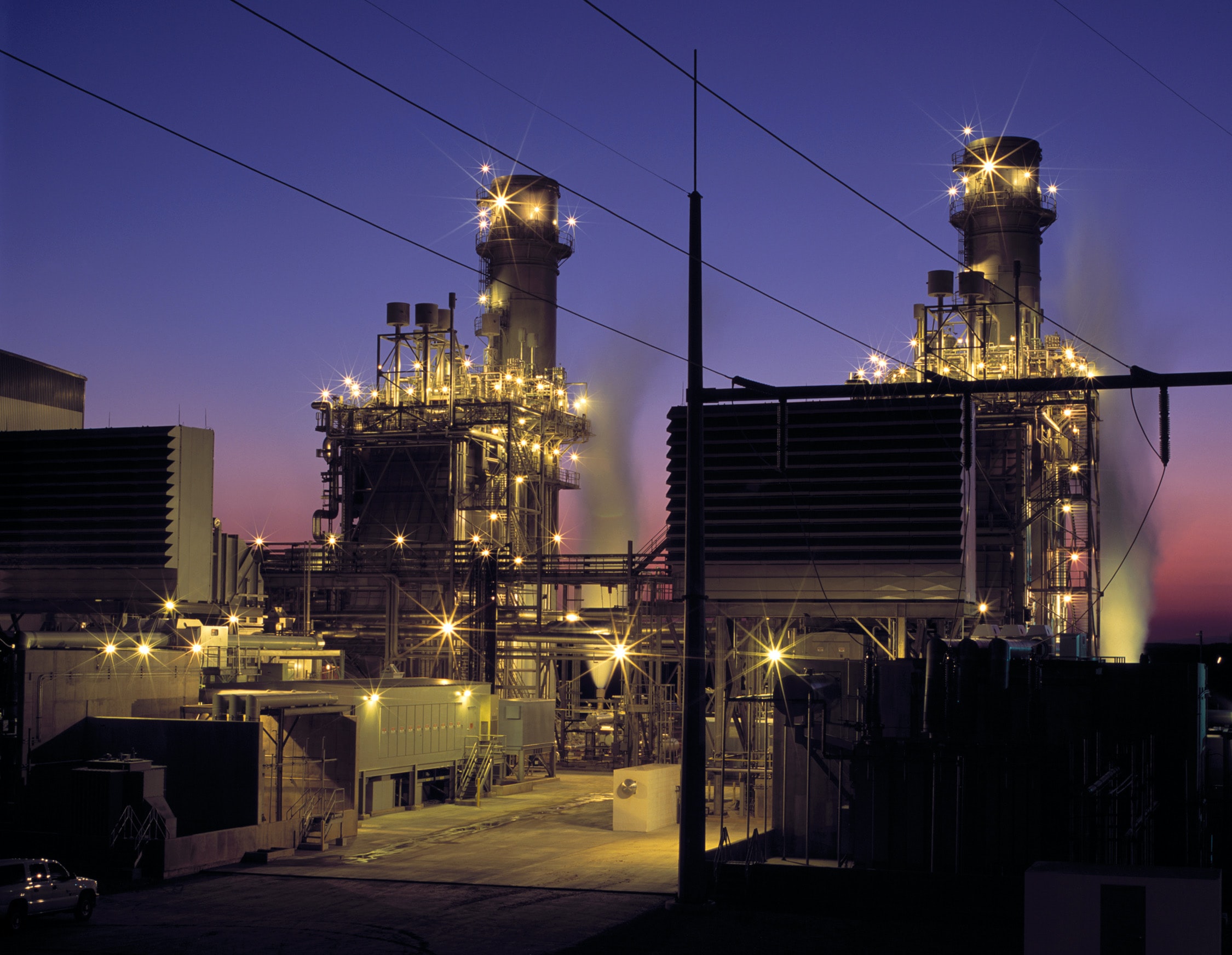 Most existing microgrids are inefficient, poorly optimized, and overwhelmingly diesel-powered. The newly formed Microgrid System Laboratory in Santa Fe, New Mexico is hoping to change that. It will be a “fully-integrated innovation center for decentralized energy systems,” focusing on microgrid innovation, education, and component certification. The laboratory boasts an impressive array of partners, drawing from premier research institutions, utilities, and microgrid industry leaders.
Most existing microgrids are inefficient, poorly optimized, and overwhelmingly diesel-powered. The newly formed Microgrid System Laboratory in Santa Fe, New Mexico is hoping to change that. It will be a “fully-integrated innovation center for decentralized energy systems,” focusing on microgrid innovation, education, and component certification. The laboratory boasts an impressive array of partners, drawing from premier research institutions, utilities, and microgrid industry leaders.
In addition to the National Renewable Energy Laboratory (NREL), the Microgrid System Laboratory research network includes New Mexico’s own Sandia National Laboratory and Los Alamos National Laboratory. Both DOE programs trace their roots the Manhattan Project, and have a history of important research with world-changing applications.
This isn’t Sandia or Los Alamos first time working on microgrids, both have partnered with NEDO, a joint program with Japan to demonstrate advanced microgrid and smartgrid technologies. That program boasts the Mesa Del Sol Microgrid and the Lost Alamos Microgrid.
Sandia’s expertise in fast computing, cyber-security and complex systems could yield breakthroughs when applied to the next generation of microgrids that must become more sophisticated and standardized to replace the decentralized, fossil-based energy system.
Microgrid complexity ranges from a single genset with extension cables to an unthinkibly complex network of components that communicate in real time. By advancing microgrid technology and interoperability, the Microgrid System Laboratory hopes to “speed the transition to a more resilient, sustainable, and accessible electricity system.”
Smart microgrids could also result in cheaper energy. This is because increasingly, the least expensive options are variable renewables like wind and solar PV. These quiet, non-polluting energy sources are particularly attractive for microgrids located where people live and work. However, their output is not controllable, and incorporating high levels on any grid is a challenge.
Achieving high levels of renewable energy without over investing in energy storage and redundant generators requires an intelligent microgrid control system that quickly communicates with all devices, including inverters, batteries, and ideally anything that draws power.
As more attention is drawn to foreign governments hacking the electric grid and other threats to the bulk system, the Microgrid System Laboratory can help assure microgrids are a secure alternative. It will be much easier to create secure microgrids around critical loads than to secure the bulk power system.
Whether microgrids become mainstream or not, they offer an ideal testbed for all new technologies related to smartgrids, efficiency, and the Internet of Things (IOT). Every microgrid is an opportunity for innovation.
Microgrid Facility Capabilities
On-Site Facilities
The Microgrid System Laboratory will include a Microgrid workforce center at the Santa Fe Community College’s Trade and Advanced Technology Center to help prepare skilled workers for the energy transition.
Planned facilities include a functional microgrid test bed on the Santa Fe Community College campus; a modeling and simulation environment; offices and meeting rooms; an adjunct research park, to house affiliated businesses and startups; and the Microgrid Certification Center (MCC).
Projected to occupy a 10- to 15-acre site, MCC’s commercial-scale testing and certification facility will be capable of rigorous testing of microgrid components, modules, sub-systems, and complete systems under rigorous conditions, including climate and environment. As many types of generation as possible will be represented (e.g., solar, wind, biomass, geothermal), with a total capacity estimated at up to 40 megawatts.
Sandia National Laboratories:
SNL’s Distributed Energy Technology Laboratory (PDF download) is configured as a 480V, 3-phase microgrid with interconnections to the utility grid and to various distributed energy resources including photovoltaic inverters, microturbines, fuel cells, reciprocating engine-generators, and electrical energy storage systems. DETL provides expertise and test support to perform the following functions:
- Grid-connected performance evaluations (e.g., efficiency, distortion, power factor, response to abnormal grid conditions)
- Off-grid (stand-alone) performance evaluations (e.g., transient response, compatibility with various load types, voltage and frequency regulations)
- Specialized tests (e.g., radio-frequency emissions, “non-islanding inverter,” interactions of multiple sources on a common microgrid, surge tolerance)
National Renewable Energy Laboratory:
NREL’s Energy Systems Integration Facility (ESIF) provides laboratory and office space for approximately 200 NREL researchers and support staff. The 182,500 square foot building houses research to overcome challenges related to the interconnection of distributed energy systems and the integration of renewable energy technologies into the electricity grid. Facilities include:
- ESIF’s high performance computer Peregrine, which can do more than a quadrillion calculations per second and is integral to the ESIF’s capabilities.
- An advanced visualization room, with a 16-foot, 3-D-like screen
In addition to ESIF’s research capabilities, industry and utilities will utilize it to demonstrate their new equipment and strategies at megawatt scale.
Los Alamos Department of Public Utilities:
LADPU, which provides electricity to Los Alamos County, hosts a $50 million smart- and microgrid demo, developed in collaboration with Japan’s New Energy and Industrial Technology Development Organization, LANL, and a consortium of Japanese manufacturers, including Toshiba, Sharp, NEC, Kyocera, Itochu, and Hitachi. The Los Alamos Smart Community features:
- A 2,800 square foot smart home with smart appliances
- Home and Micro-energy Management Systems (HEMS/MEMS)
- Approximately 1,600 homes with smart meters
- Community-scale PV generation and battery storage, capable of powering (and isolating) an entire circuit
LADPU is an unregulated municipal utility, with considerable flexibility, and these facilities are suitable for various types of testing applications.
The Energy and Resources Institute:
TERI’s Smart Controller Lab (SCLab) in Haryana, India, is used to design and develop innovative, cost-effective smart and sustainable distributed power solutions for various applications in vertical domains. SCLab is a testing, evaluation, and research laboratory for distributed power systems and smart controllers; performance assessment of different distributed power systems; and design and development of customized smart solutions and packages for various applications. The lab also acts as knowledge expert to several distributed generation based programme and policies, and develops qualified and field proven professionals through specialized technical training courses and knowledge transfer. Services offered include:
- Testing and long-term performance assessment of different (PV) technologies both in standard lab (indoor) conditions and field (outdoor) environments
- Testing and long-term performance assessment of different battery technologies
- Testing and performance assessment of different inverters
- Testing and assessment of renewable energy based hybrid systems (including Smart Micro/Mini-Grids) under different operating conditions
Key equipment includes a Solar PV Array Simulator, a Grid Simulator, and a Load Emulator.




